DIY Dog Bathing & Grooming: Tips for a Fresh and Happy Pup
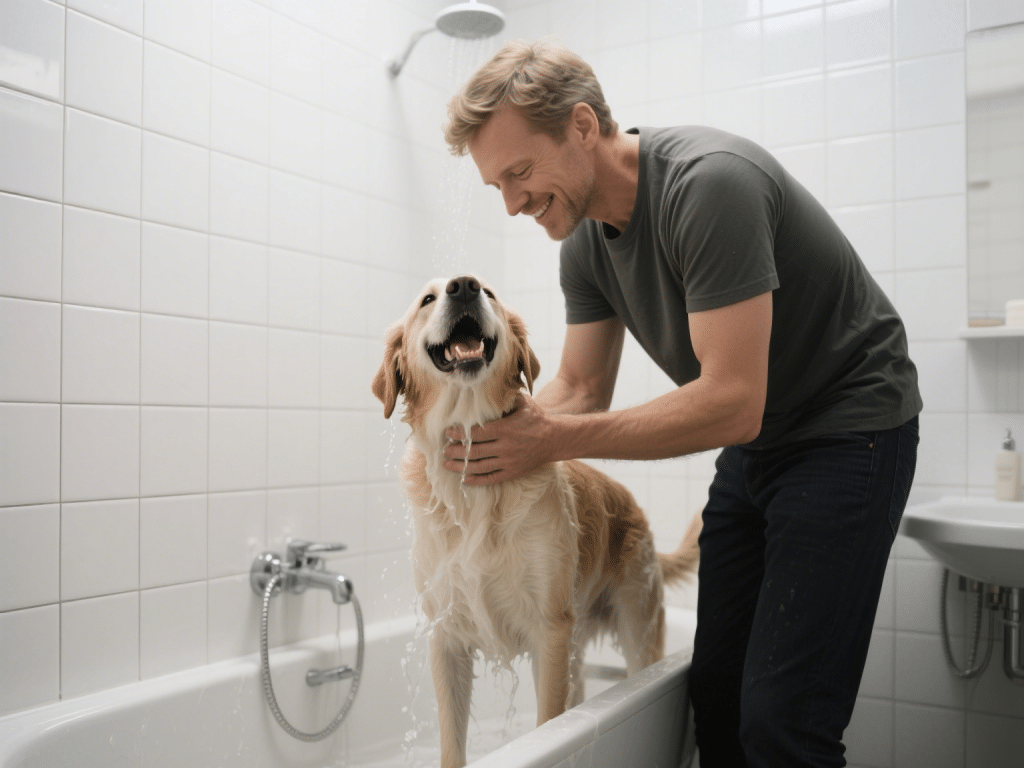
Grooming your dog at home isn’t just a money-saver—it’s an incredible bonding opportunity that keeps your pup clean, comfortable, and healthy. As a professional groomer with fifteen years in salons and mobile units, I’ve seen eager owners struggle with slippery dogs, nervous pups, and torn shampoo labels. This guide distills my top DIY dog bathing and grooming tips into a straightforward, step-by-step routine that empowers you to turn bath time into a spa day for your furry friend.
1. Prepare Your Space and Tools
Before introducing water (and inevitable splashes), gather everything you need:
Dog-formulated gentle shampoo (pH-balanced, free of sulfates and dyes)
Conditioner if your pup has long or coarse hair
Non-slip mat for your tub or sink
Microfiber towels and a high-velocity dryer (or a quiet, low-heat human hair dryer)
Pin brush for long coats or slicker brush for medium coats
Nail clippers or grinder, ear wipes, and toothbrush
Position these nearby so you never leave your dog unattended.
2. Pre-Bath Brushing and Inspection
A quick brush before wetting helps remove loose hair, tangles, and surface debris. Use a slicker or bristle brush to gently work through mats—never tug harshly. This pre-bath step prevents mats from tightening and makes rinsing easier. While brushing, inspect your dog’s coat and skin for redness, bumps, or parasites. Early detection of hot spots or flea bites can save you from future vet visits.
3. The Perfect Bath Temperature and Technique
Fill the tub or sink with lukewarm water—not too hot, not too cold—and introduce your dog slowly, praise and treats in hand. Wet your dog thoroughly, avoiding direct spray on the face. Apply a small amount of shampoo, working from neck to tail in gentle, circular motions. Massage the skin to lift dirt and promote circulation—your dog will love the gentle rub. Rinse thoroughly, as residual shampoo can irritate the skin. Follow with conditioner on long-haired breeds, letting it sit 2–3 minutes before rinsing.
4. Face and Ear Care
Dogs can be sensitive about face baths. Use a damp washcloth to wipe around the eyes, muzzle, and whisker pads. Never get shampoo in the eyes. Gently clean the outer ear flap with a vet-approved ear wipe, avoiding deep canal probing. This prevents ear infections and removes dirt without causing discomfort.
5. Drying and Post-Bath Brushing
Towel-dry vigorously but gently to remove excess moisture. If your dog tolerates it, use a dryer on the lowest heat setting; keep the airflow moving to prevent hotspots. For long coats, brush while drying to prevent tangles. A slicker brush or long-tooth comb works well. Finishing with a fluff brush gives your pup a salon-fresh look and helps the coat lay properly.
6. Nail Trimming, Teeth, and Final Touches
Once mostly dry, trim nails using dog clippers or a grinder. Go slowly to avoid hitting the quick—look for a pale area in clear-nails or a dark spot in colored nails. For anxious dogs, trim one nail at a time with calm praise. Conclude with a quick tooth brushing using dog toothpaste and brush, or offer a dental chew. Apply paw balm if pads are dry. Finish by rewarding your dog with a favorite treat and lots of affection.
Final Tip: Establish a regular grooming schedule—every 4–6 weeks for most breeds—to maintain coat health and catch any skin issues early. With these steps, you’ll turn a daunting chore into a relaxing spa routine that strengthens your bond and keeps your pup looking and feeling its best.
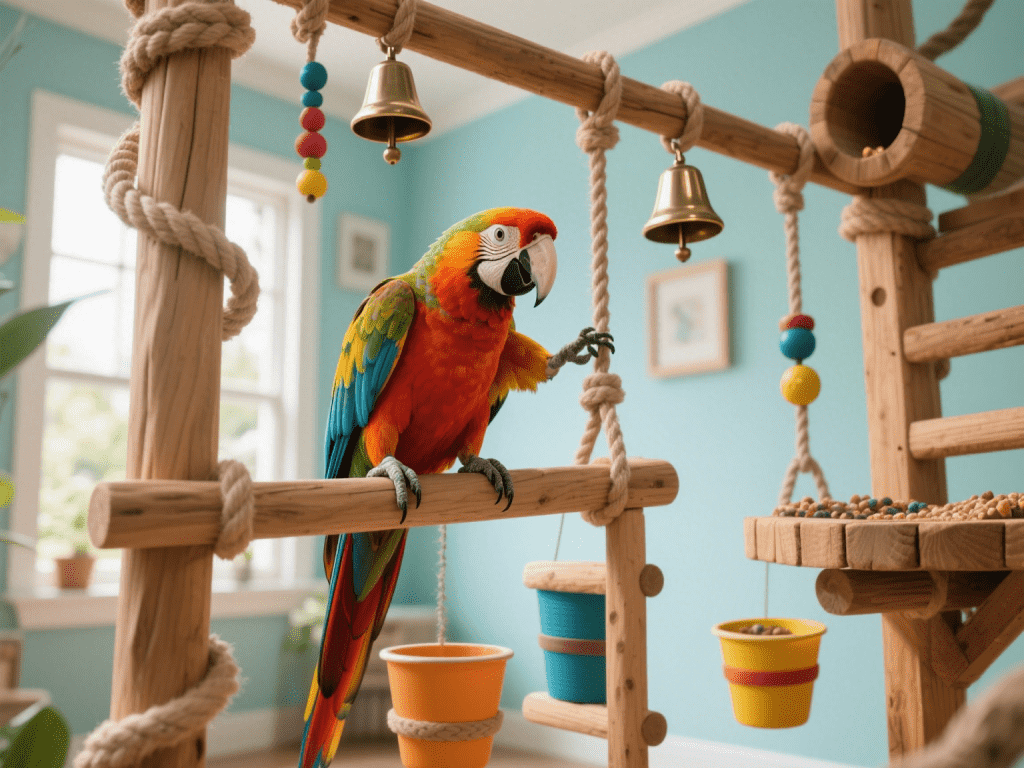


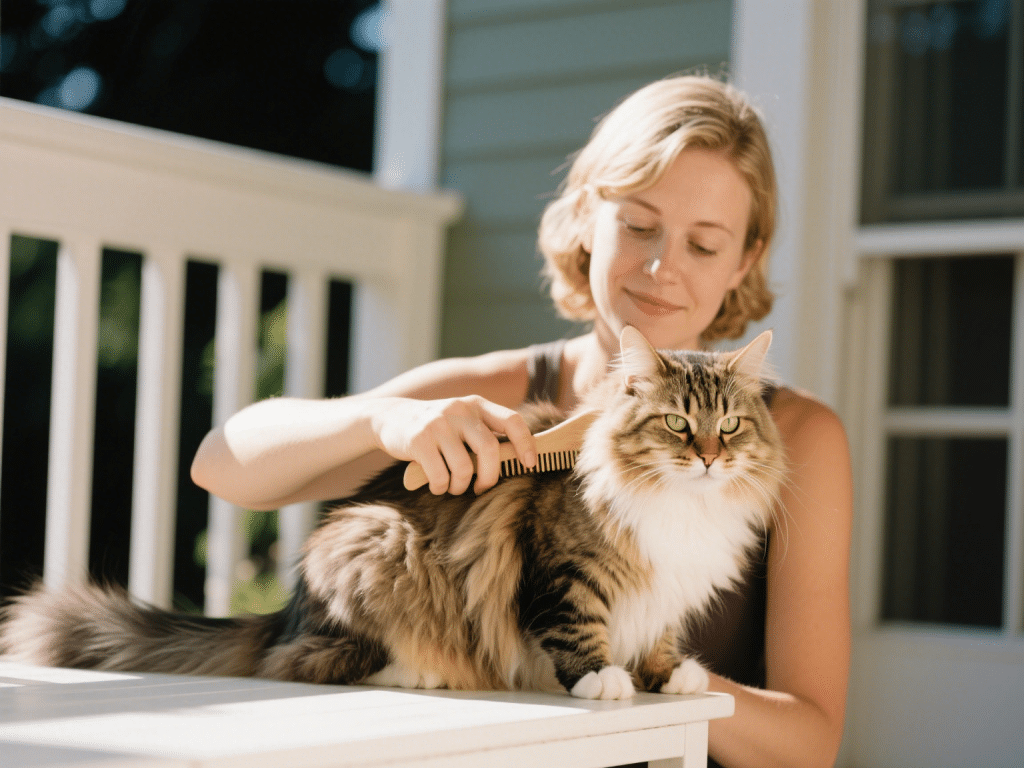


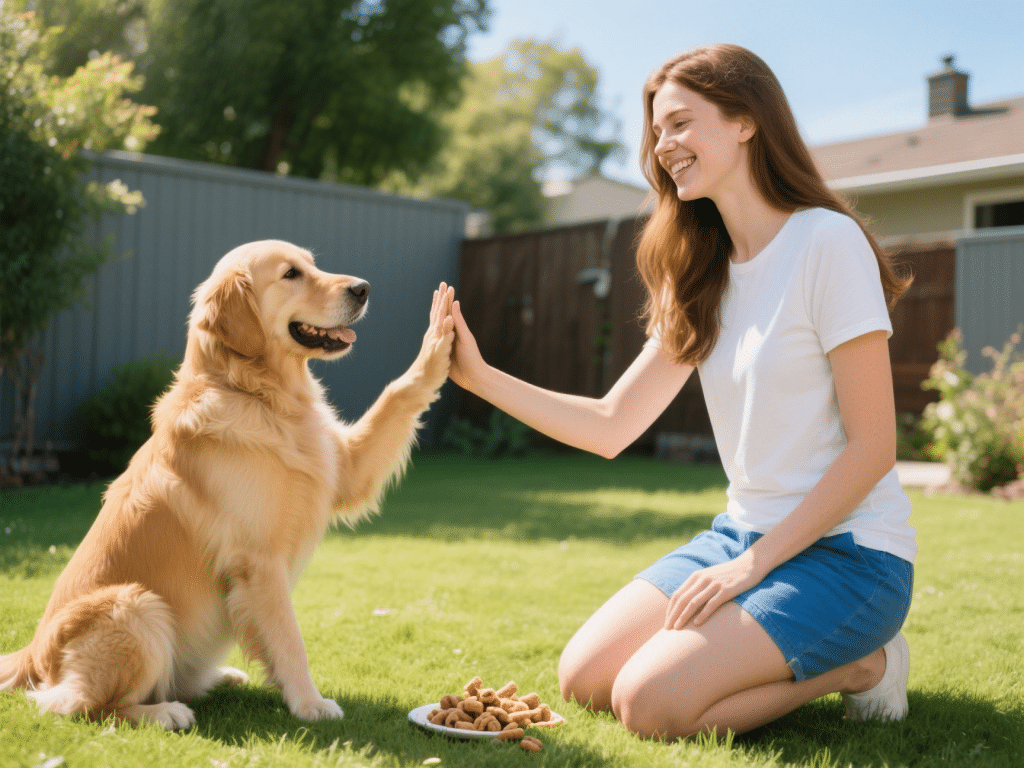
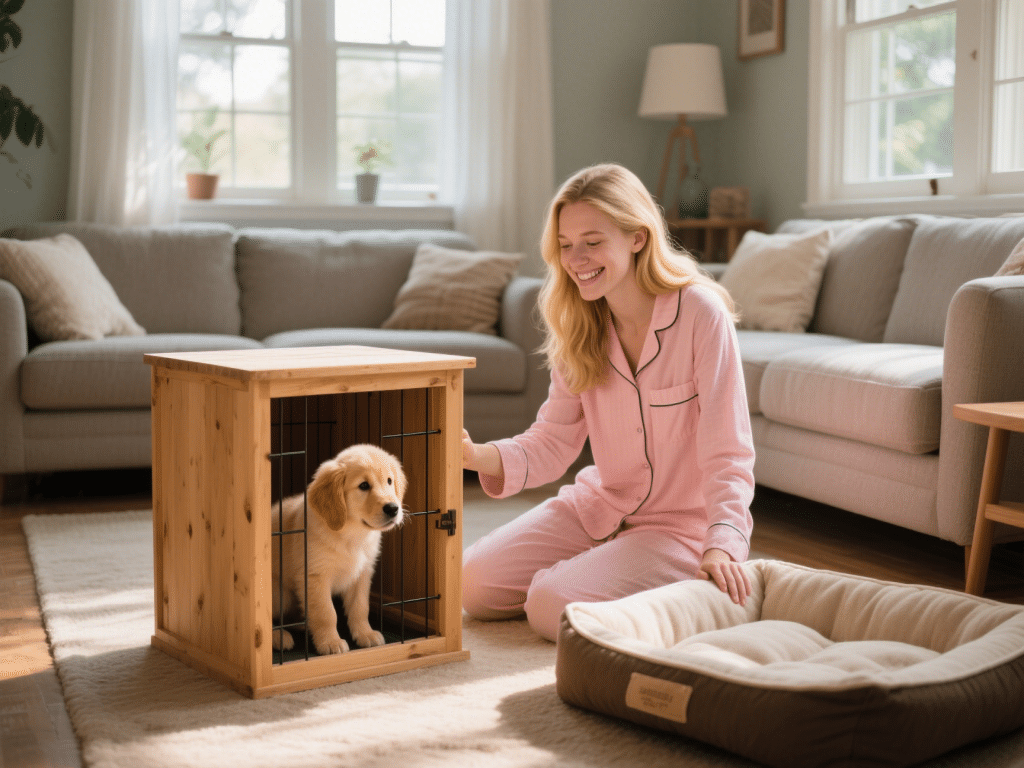

Comments on "DIY Dog Bathing & Grooming: Tips for a Fresh and Happy Pup" :